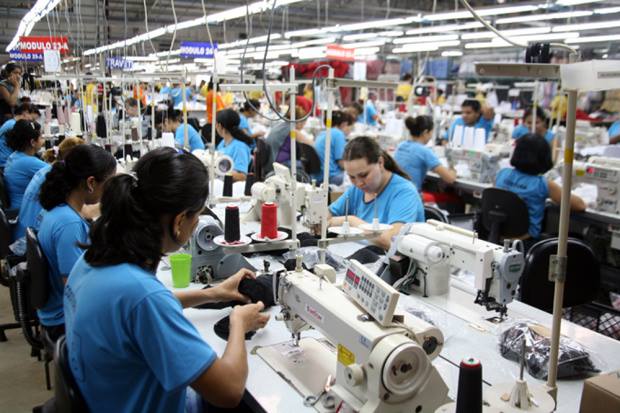São Paulo – In the last ten years, the Brazilian industry has become less concentrated in the Southeast states and has gained strength in other regions of the country. A study by the Brazilian National Confederation of Industry (CNI) shows how, from 2007/2008 to 2017/2018 biennia, industrial production migrated from São Paulo and Rio de Janeiro to other states.
In this period, the Southeast reduced its participation in the industrial Gross Domestic Product (GDP) by 7.66%. The Northeast has gained 2.06% in participation and the South, 2.46%. Nonetheless, the Southeast still accounts for 53.9% of industrial GDP, followed by the South with 19.4%. The Northeast has a 12.93% stake; the North, 7%; and the Midwest, 6.7%.
In the processing industry, the country’s main industrial segment, several sectors had significant migrations outside the Southeast region, which still maintains 55.1% of the manufacturing production. Solely São Paulo holds 38.14% of all the value produced by this sector.
Despite still being the most important state in manufacturing production, São Paulo lost its share in several sectors. In the cellulose industry, São Paulo’s industrial participation fell from 50.31% to 31% in ten years. Other states became more important, such as Mato Grosso do Sul, which accounted for 0.23% of production in the 2007/2008 biennium and became the third-largest national producer in 2017/2018, with 11.08% of the total production.
In the clothing sector, São Paulo was overtaken by Santa Catarina. In 2007/2008, the São Paulo industry produced about BRL 4 billion (equivalent to over USD 750 million) in clothing, while companies from Santa Catarina produced BRL 2.5 billion (equivalent to over USD 470 million). Ten years later, Santa Catarina has 26.75% of the sector’s production, equivalent to BRL 6.6 billion (over USD 1.2 billion) per year, while São Paulo has a 22.57% share of the country’s clothing manufacturing (BRL 5.5 billion, USD 1 billion).
Bahia was the state that gained the greatest share in the manufacturing industry, going from 2.6% to 4.05% of Brazilian production. The industry in Bahia attained prominence in the manufacturing of non-metallic mineral products (cement, bricks, glass), electrical machinery and materials, and beverages.
Pernambuco was the second state that gained the highest participation percentile in the national manufacturing industry, with a growth of 1.3%, reaching 2.84% of the country’s production. This result was achieved through the expansion of the vehicle, oil products, and biofuels industries in the state.
Translated by Elúsio Brasileiro




